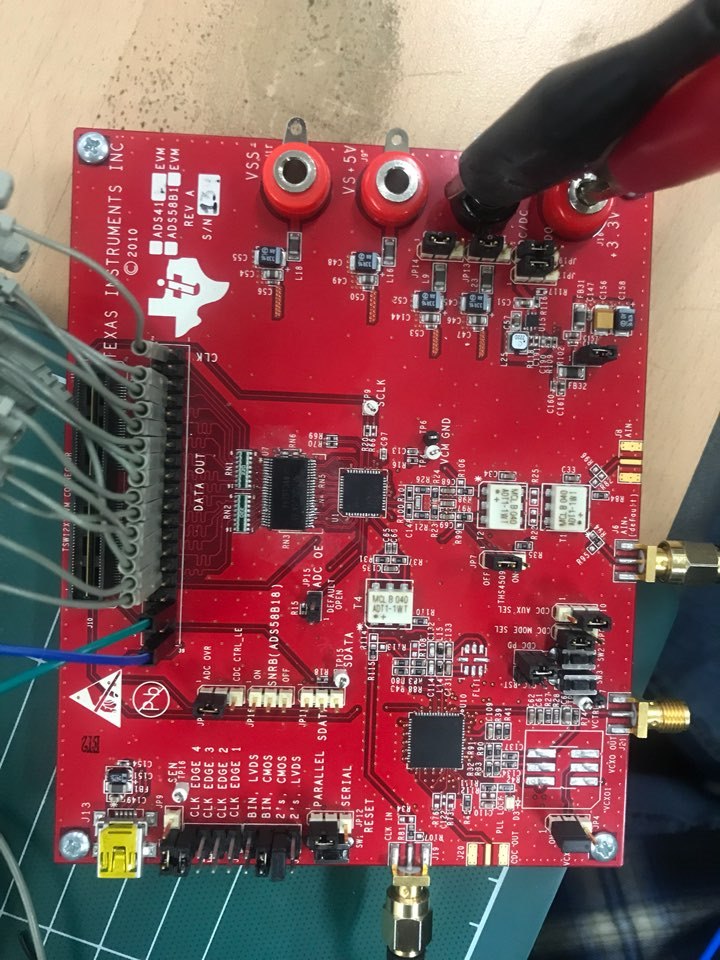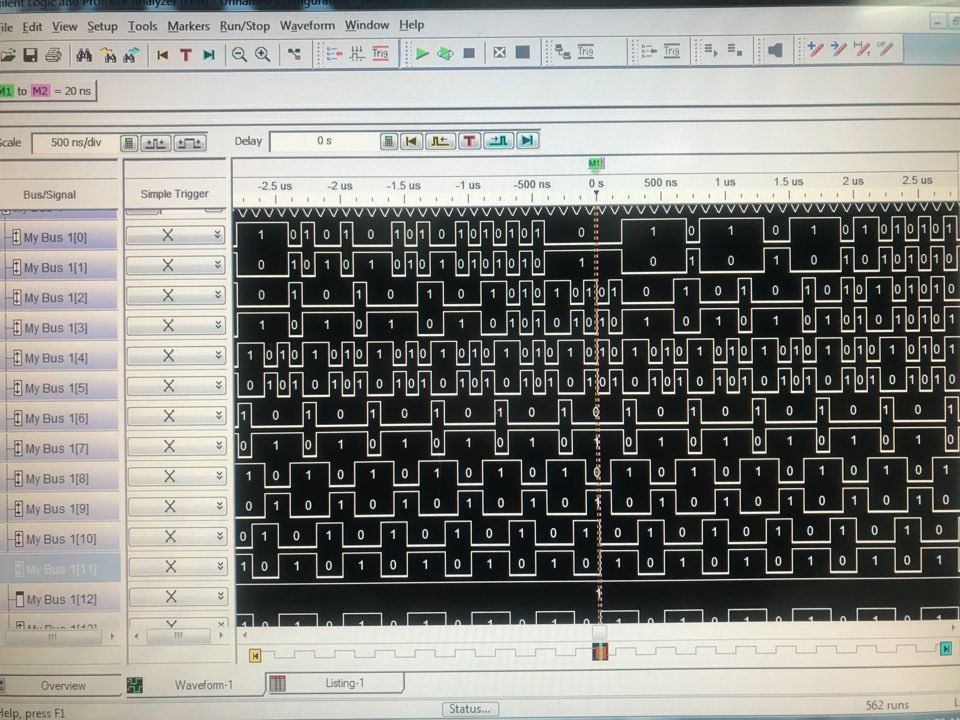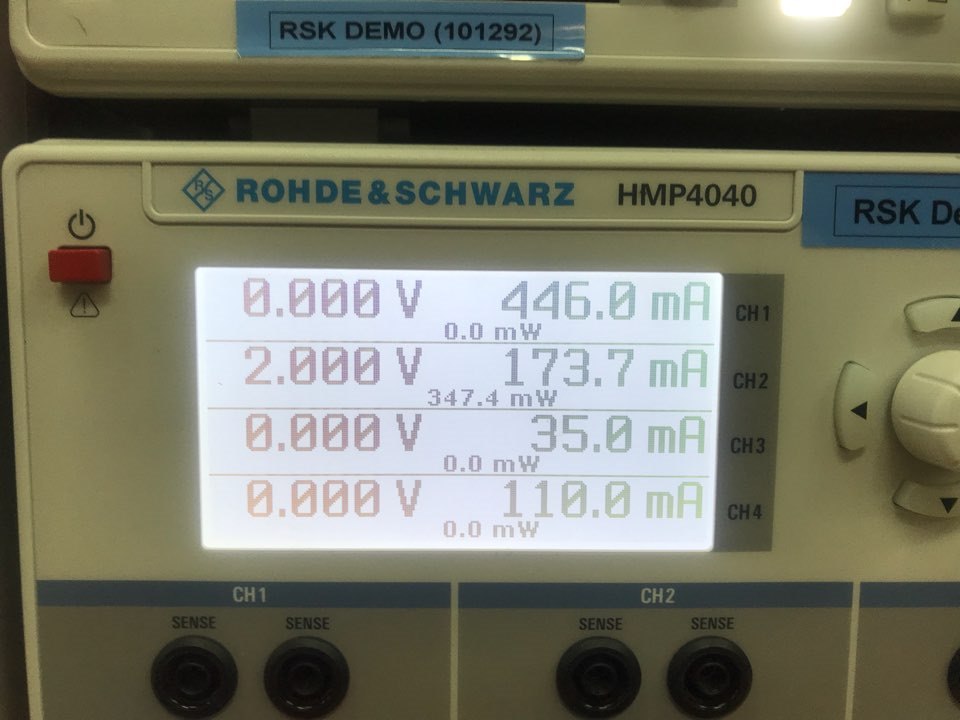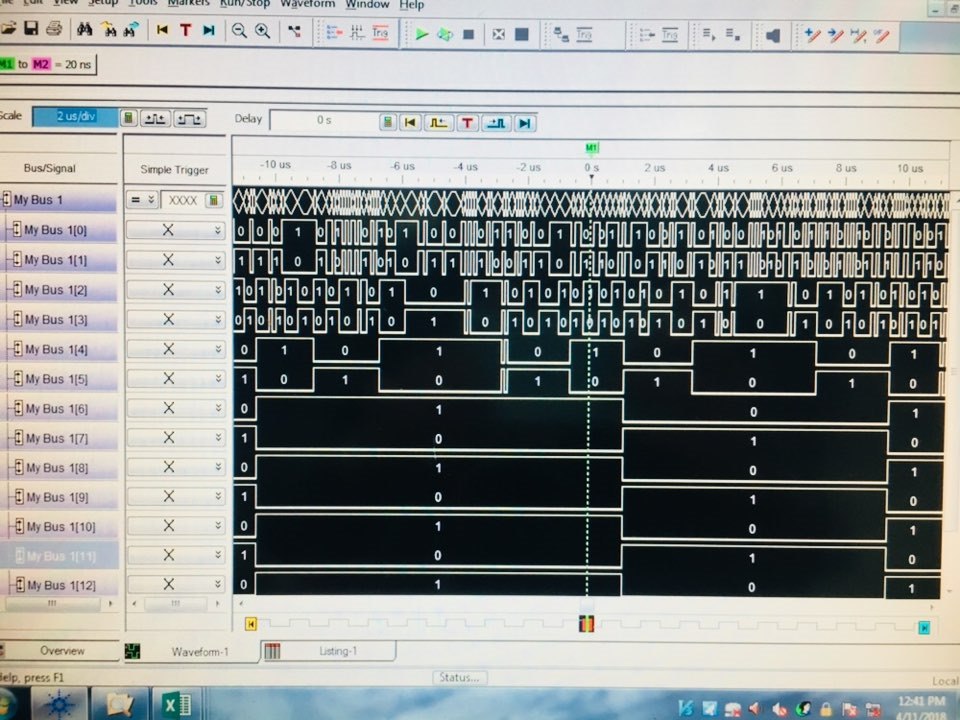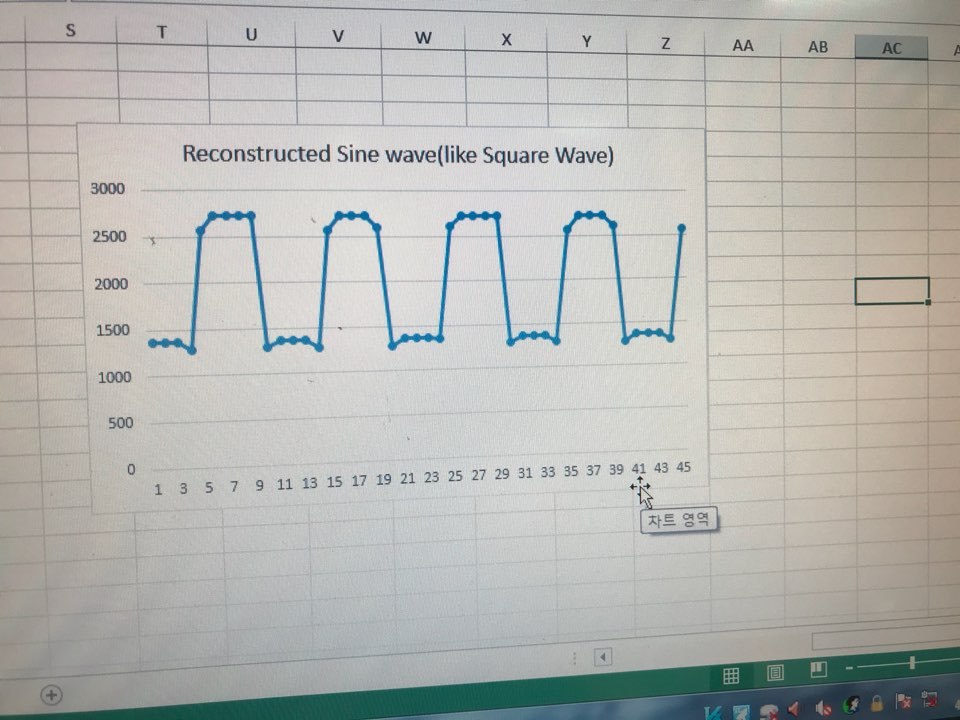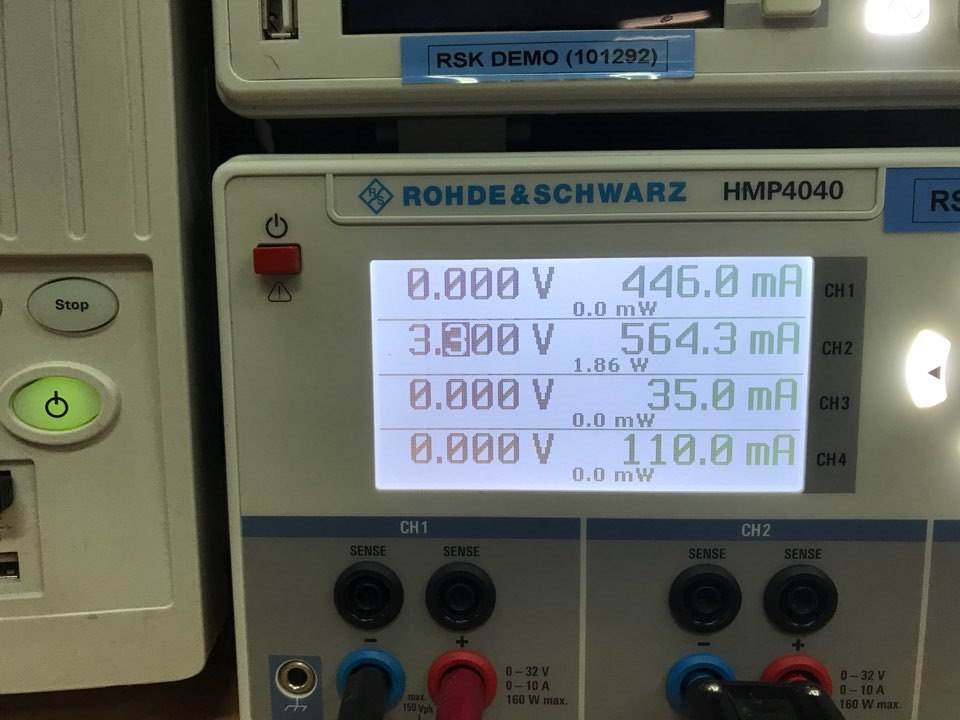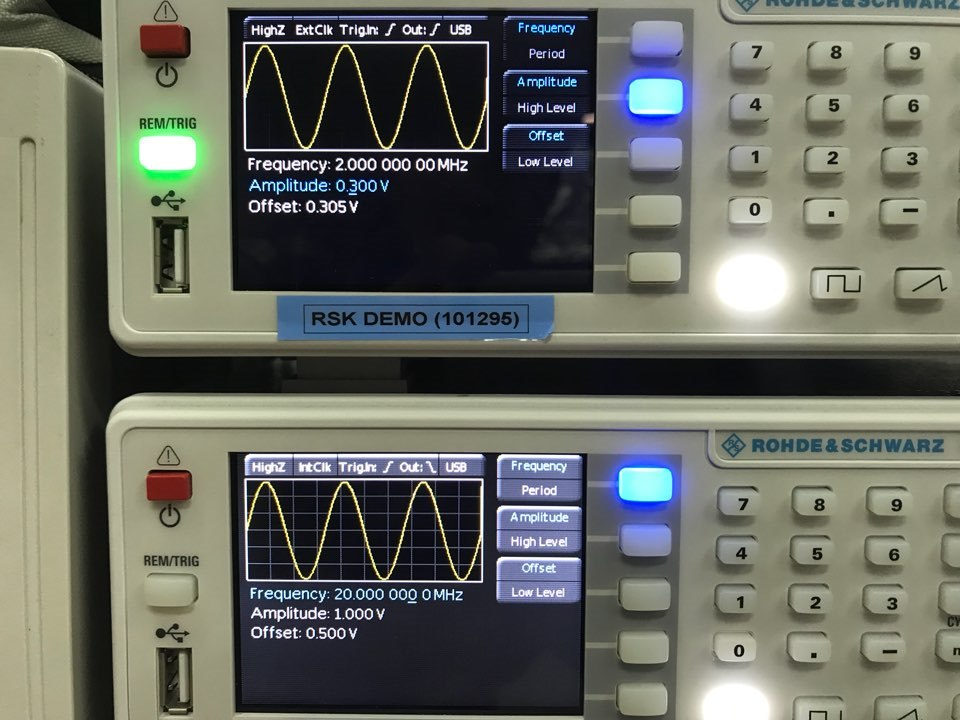Other Parts Discussed in Thread: ADS4149
Hi,
Can you guys help me?
I'm using ADS4149EVM for adc.
what I'm trying to do is checking that the ads4149evm is correctly working. So I've already checked with TWS1400EVM. It means the TSW12XXEVM is working for checking output data.
For the next stage, I've tried to check output date through MSB which is right blow TSW12XXEVM.
BUT it isn't working at all. there are any signal.
please tell me how to use MSB , how to get a date through MSB port.
thank you.


